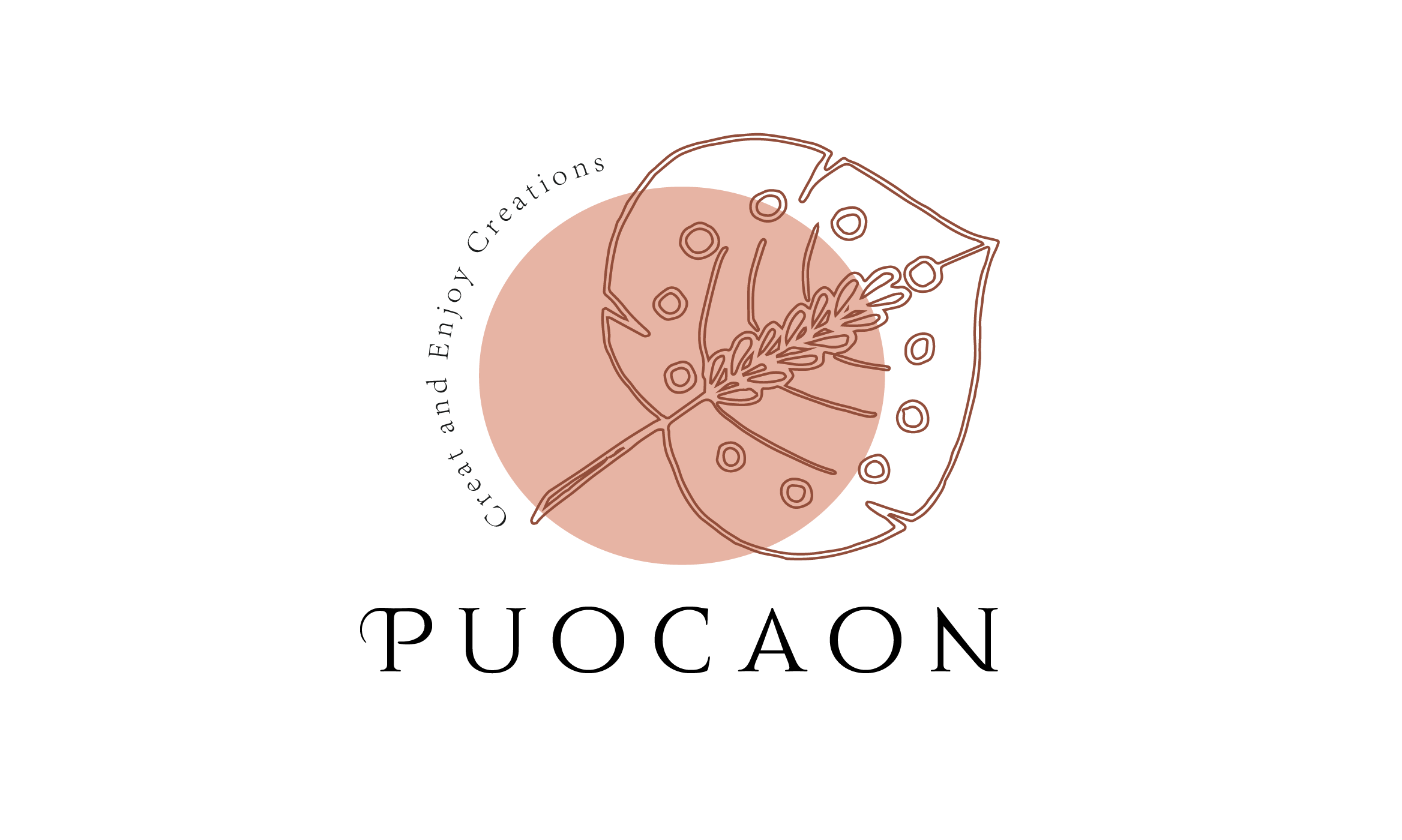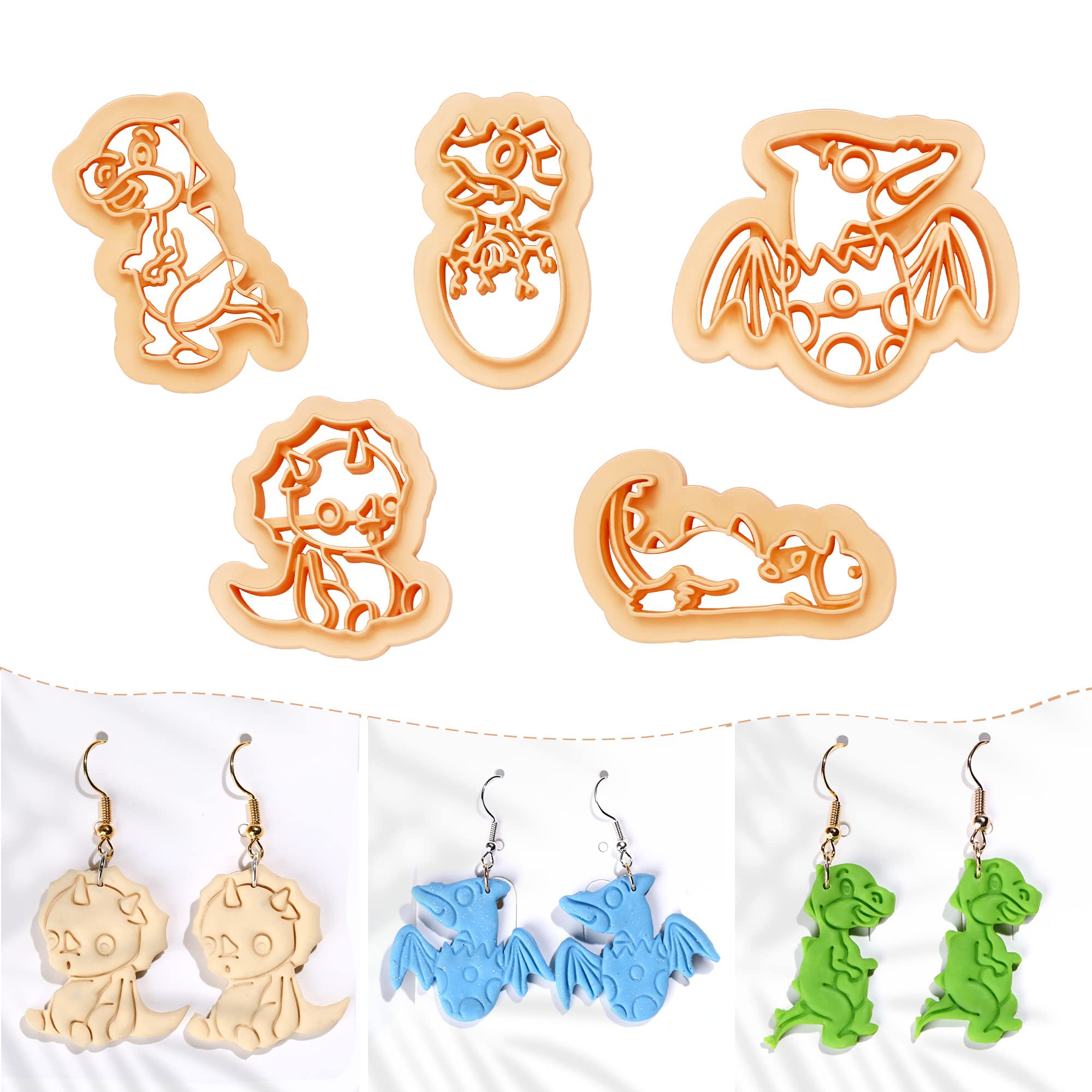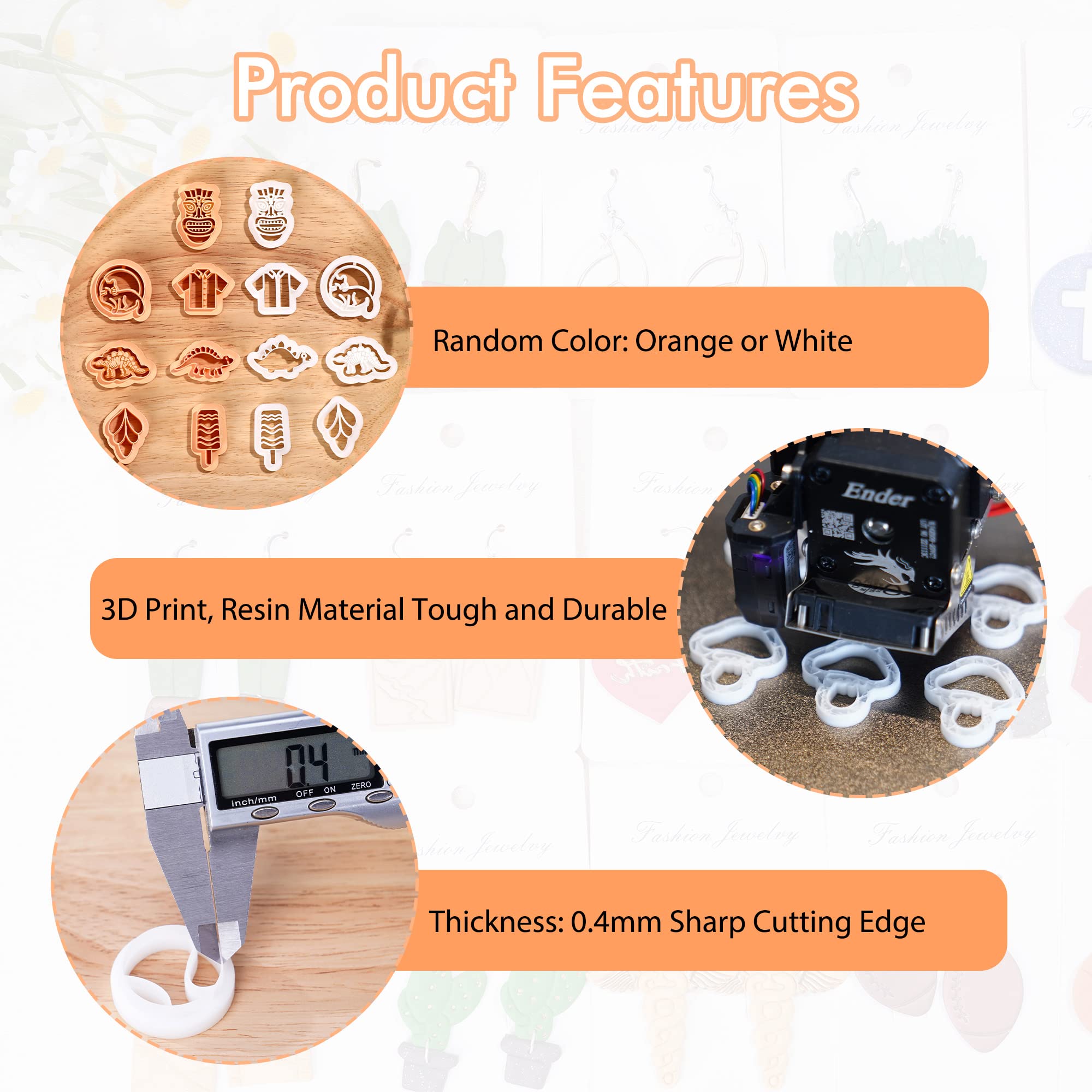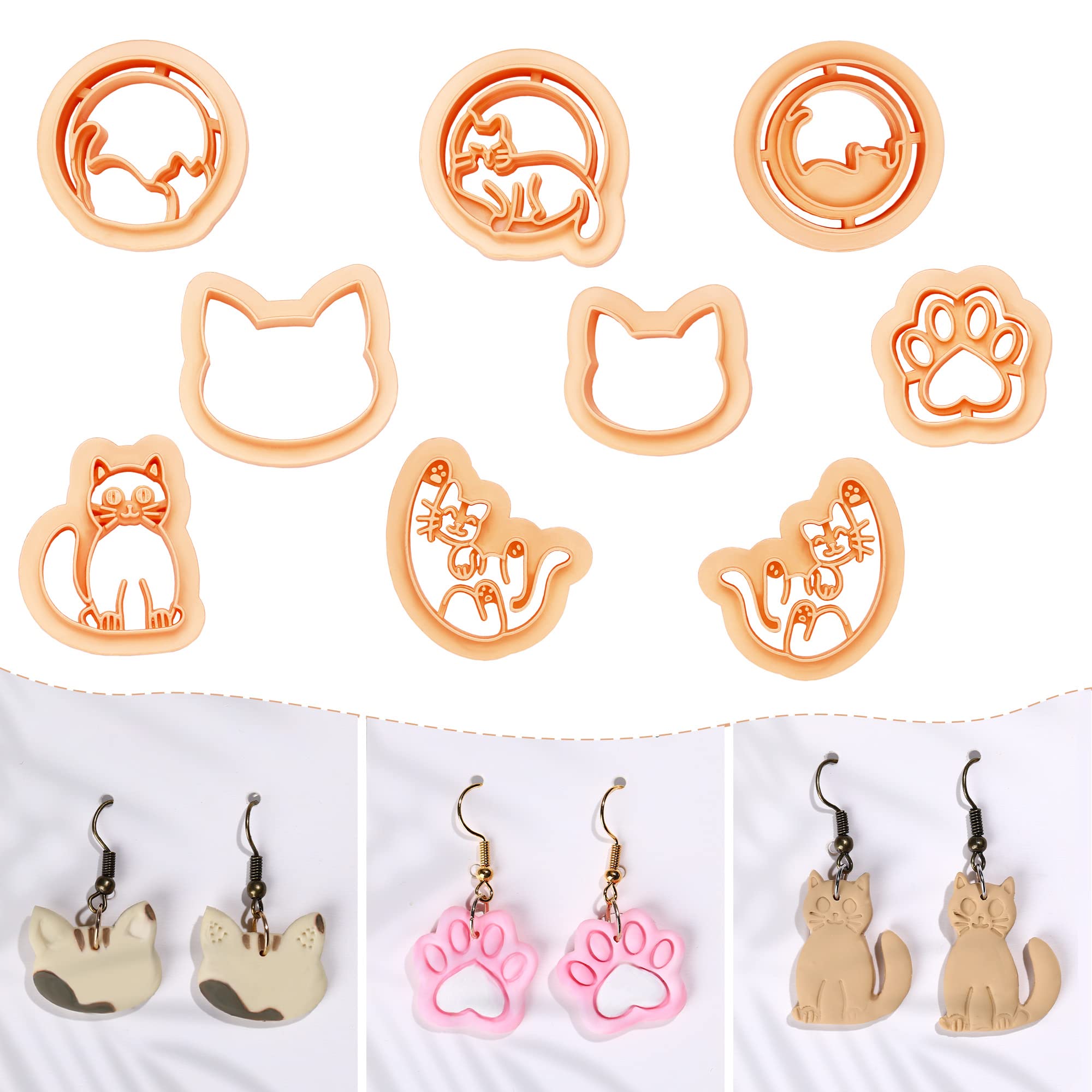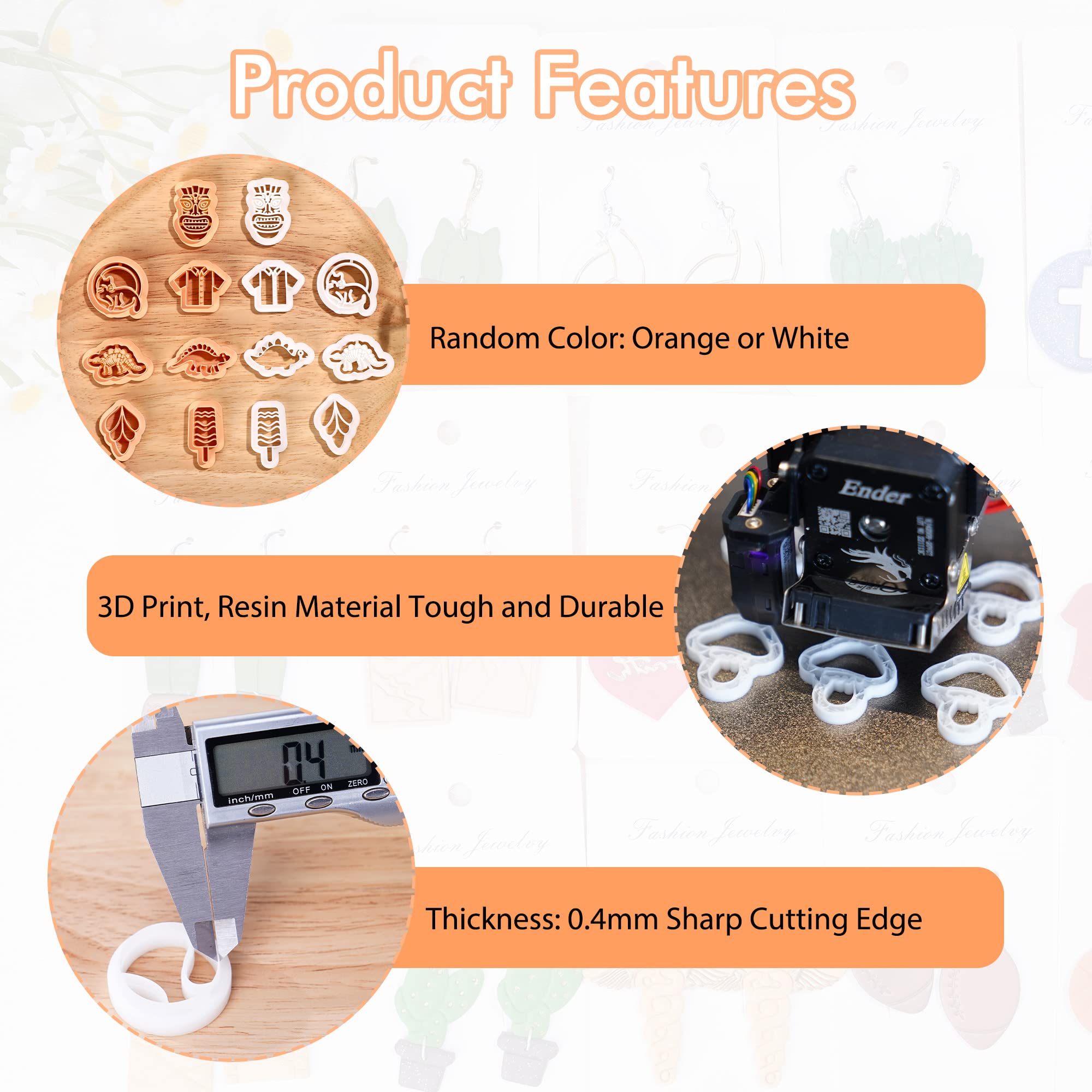
Polymer Clay Earring Making: Essential Tips for Mixing Clay

Creating polymer clay earrings is a popular and rewarding craft that allows you to express your creativity and style.
To achieve stunning and professional-looking earrings, mastering the art of clay mixing is crucial. In this detailed and professional blog post, we will delve into the world of polymer clay earring making and provide you with invaluable tips for mixing clay. From selecting the right clay to achieving the perfect consistency and troubleshooting common issues, this comprehensive guide will equip you with the knowledge and techniques to create beautiful and durable polymer clay earrings.
I. Understanding Polymer Clay Types and Properties
A. Different Types of Polymer Clay and Their Characteristics
- Standard Polymer Clay: Explore the most common type of polymer clay, suitable for various earring designs.
- Translucent Polymer Clay: Learn about translucent clay and its application in creating ethereal and light-catching earrings.
- Metallic Polymer Clay: Discover how metallic clay can add a touch of glamour and shine to your earring designs.
B. Evaluating Polymer Clay Properties for Mixing
- Workability: Understand how the clay's pliability and flexibility impact its ease of mixing and shaping.
- Curing Temperature and Time: Learn about the recommended baking temperatures and times for different polymer clay brands.
II. Selecting the Right Clay for Your Earrings
A. Considering Color Palette and Effects
- Solid Colors: Explore the wide range of solid-colored polymer clays available and their application in earring designs.
- Translucent Colors: Discover how translucent clay can be used to create unique layered and textured effects.
- Metallic and Pearlized Colors: Learn how metallic and pearlized clay can add dimension and shine to your earrings.
B. Considering Strength and Durability
- Strength for Thin and Delicate Designs: Understand which polymer clays are best suited for delicate earring designs that require durability.
- Flexibility for Dangle Earrings: Explore polymer clays with optimal flexibility for creating beautiful dangle earrings.
- Resistance to Breakage and Cracking: Discover clay types that provide enhanced strength and resistance to breakage and cracking.
III. Preparing Clay for Mixing
A. Conditioning Techniques
- Hand Conditioning: Master the art of conditioning clay by kneading it to achieve a pliable and uniform consistency.
- Clay Softeners: Explore the use of clay softeners to improve the workability of polymer clay.
B. Incorporating Additives and Effects
- Mixing Inclusions: Learn how to incorporate various inclusions, such as glitter, mica powders, and texture sheets, into your clay.
- Creating Marbled Effects: Discover techniques for achieving beautiful marbled patterns by blending different colored clay.
IV. Achieving the Perfect Clay Consistency
A. Proper Clay-to-Softener Ratio
- Measuring Softener: Understand the importance of measuring the right amount of softener to achieve the desired clay consistency.
- Gradual Incorporation: Learn how to gradually add softener to clay while monitoring and adjusting the consistency.
B. Balancing Moisture Levels
- Preventing Sticky Clay: Discover tips for reducing stickiness in clay by adjusting the moisture levels.
- Avoiding Dry and Crumbly Clay: Learn techniques for adding moisture to clay to prevent it from becoming dry and crumbly.
C. Testing Clay Consistency
- Texture and Flexibility: Understand how to assess the clay's texture and flexibility to determine its readiness for use in earring making.
- Conducting the Bend Test: Learn the bend test technique to ensure the clay is adequately mixed and conditioned.
V. Mixing Techniques for Polymer Clay Earrings
A. Hand Mixing
- Spiral Kneading: Master the technique of kneading clay to evenly distribute moisture and achieve uniform consistency.
- Folding: Learn how to fold clay to incorporate air and improve its workability for earring making. B. Using Clay Mixers
- Clay Mixer Basics: Understand how clay mixers can expedite the clay mixing process and provide consistent results.
- Loading and Mixing: Learn the correct loading techniques and optimal mixing times for efficient clay blending.
VI. Troubleshooting Common Clay Mixing Issues
A. Dealing with Sticky Clay
- Adding Softener or Diluent: Explore techniques for reducing stickiness in clay by incorporating appropriate additives.
- Adjusting Clay-to-Softener Ratio: Understand how adjusting the ratio can help rectify stickiness issues.
B. Addressing Dry and Crumbly Clay
- Rehydrating Clay: Learn methods for adding moisture to dry clay to restore its workability and prevent cracking.
- Conditioning Techniques: Discover alternative conditioning techniques for excessively dry clay.
C. Handling Clay Consistency Variations
- Mixing Inclusions and Colorants: Understand how the incorporation of inclusions and colorants can affect the clay's consistency.
- Adjusting Softener and Clay Ratios: Learn how to modify ratios to achieve the desired consistency when using additives.
VII. Safety Precautions for Polymer Clay Mixing
A. Protecting Your Health
- Dust Control Measures: Understand the importance of wearing a mask, using ventilation systems, and minimizing dust exposure.
- Skin Protection: Learn about the importance of wearing gloves and barriers to prevent potential skin irritations.
B. Safe Handling of Chemical Additives
- Material Safety Data Sheets (MSDS): Familiarize yourself with the MSDS for any chemical additives used in the clay mixing process.
- Proper Usage and Storage: Understand the proper handling, storage, and disposal of chemical additives.
Congratulations! You are now equipped with the essential tips and techniques for mixing polymer clay and creating stunning earrings. By following the detailed guidance provided in this professional blog post, you'll be able to achieve the perfect clay consistency, select the right clay for your designs, troubleshoot common issues, and ensure your safety throughout the process.
Whether you're a beginner or an experienced clay artist, these tips will elevate your earring-making skills and enable you to unleash your creativity with confidence. So, gather your materials, apply these tips, and get ready to craft unique and beautiful polymer clay earrings that will captivate and delight. Happy earring making!
